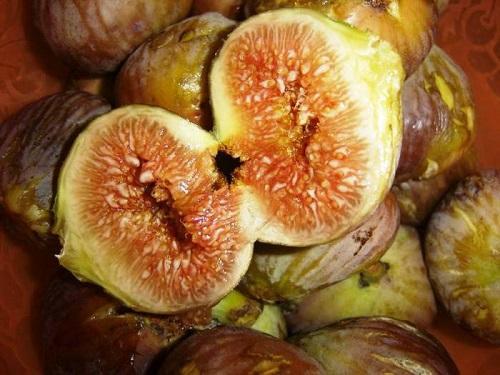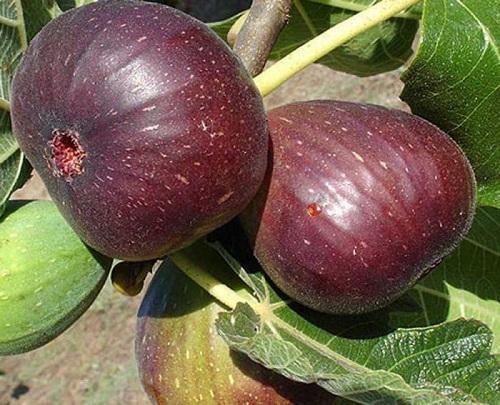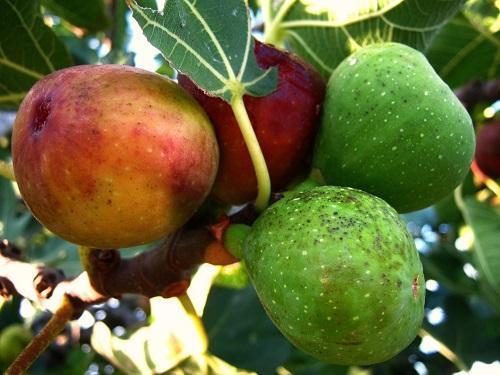Features of ripening figs
 Growing figs on the plot is quite troublesome, because it is very demanding. First of all, it concerns climatic conditions - figs are native to the subtropics, so they love warmth and sun. The plant develops best and bears fruit abundantly in regions with a warm climate, since it does not tolerate a drop in temperature in winter below 20 degrees, and most varieties freeze under 16 degrees of frost, therefore, in the middle zone of growth, figs need shelter for the winter.
Growing figs on the plot is quite troublesome, because it is very demanding. First of all, it concerns climatic conditions - figs are native to the subtropics, so they love warmth and sun. The plant develops best and bears fruit abundantly in regions with a warm climate, since it does not tolerate a drop in temperature in winter below 20 degrees, and most varieties freeze under 16 degrees of frost, therefore, in the middle zone of growth, figs need shelter for the winter.
Fruit ripening time

A young plant usually gives its first fruits already in the second or third year of life. Unlike most fruit trees and shrubs figs has a long (extended) period of fruit ripening - from 30 to 60 days. Often, in winter, it leaves not only with unripe berries, but even with inflorescences and fruit buds. Some gardeners claim that in this case, you can get an early spring harvest.
The exact answer when figs ripen is quite difficult to give, it all depends on the region and growing conditions. On average, ripening occurs in several stages:
- the first wave - in June;
- the second - in the fall (September-October).
For a more friendly ripening, spring should be early, and autumn should be long and very warm.
Just before full maturation fig fruits double in size and acquire a rich color, and nectar droplets begin to appear on the top of the skin. Although they take a long time to ripen, overripening occurs very quickly - just 3 days after reaching optimal maturity, the figs become lethargic, as a result of which its shelf life is significantly reduced.
What does a fig need?

In order to get a good harvest, you should provide the plant with proper care, namely:
- Watering... Without regular moistening of the soil, especially during the hot period, the fruits decrease in size and may crumble.
- Pruning... Since the fruits are tied on young shoots, the bush should be pruned in the spring to stimulate their formation. Adult figs are rejuvenated from time to time by transferring to four-year-old branches.
- Top dressing... Spring application of organic matter under the bush provides an active growth of young shoots, and therefore increases the amount of harvest from them. In June, you need to feed the figs with preparations containing potassium and phosphorus.
- Shelter... With the first drop in the night temperature to 0 and below, the bushes must be covered for the winter, after having tied the branches and bending them to the ground.